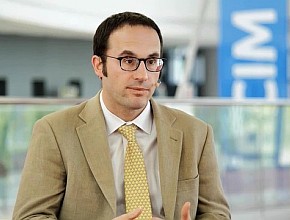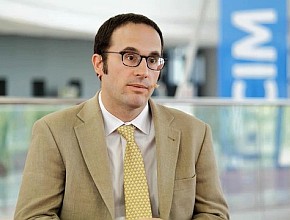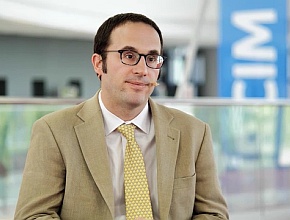Dr Brian Garibaldi is an associate professor in the Division of Pulmonary and Critical Care Medicine and director of the Biocontainment Unit at Johns Hopkins Medicine (USA).
How should we perform physical examination in a patient with cardiac arrest undergoing cardiopulmonary resuscitation (CPR)?
Brian Garibaldi, MD: That is a complex issue because there is a lot happening during an assessment of a patient who is undergoing a cardiopulmonary arrest. Again, [it’s] going back to the very basics of gathering information as quickly as you can, understanding what type of arrest it is, and thinking about the types of conditions it could lead to, for example, pulseless electrical activity.
But there are important things that you can look for when you are bagging a patient, like, “Do they have a symmetric chest wall rise?” Or other simple things, like, “Do they have a pulse during a code?” A lot of times we will find that residents have never really felt a carotid pulse before, and they are the people telling you when you stop compressions if there is pulse. Those things sound very simple, but they are a critical part of the assessment of a patient in the intensive care unit (ICU), particularly when they are undergoing an arrest.
The other issue that has become increasingly more important is using point-of-care ultrasound. The point-of-care technology is part of physical examination. In the setting of someone who is coding in the ICU, if you are able to obtain a subcostal view you can actually get a look to see if there is a large pericardial effusion or if there is any actual contraction of the heart, without having to stop compressions. We’re doing it in that critical window where you are going to check for a pulse. You can get a quick view of the heart to see exactly what is going on. In that case the bedside exam, including technology, can be a really helpful aid in figuring out not only the diagnosis but also what to do next.
 English
English
 Español
Español
 українська
українська








